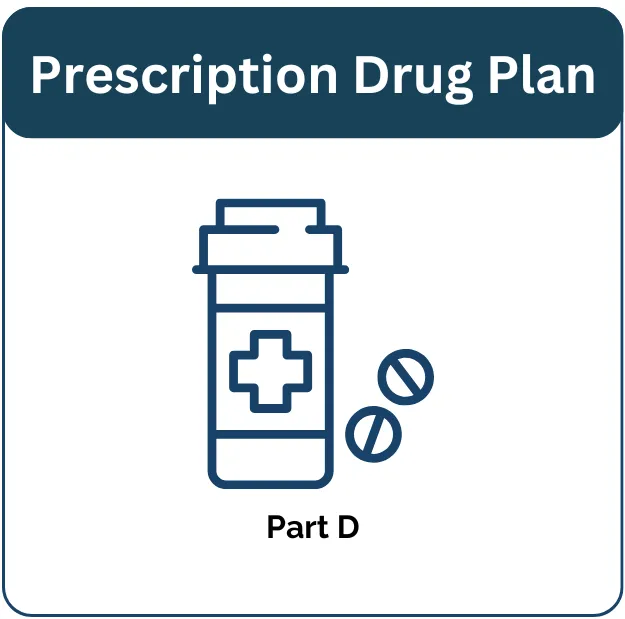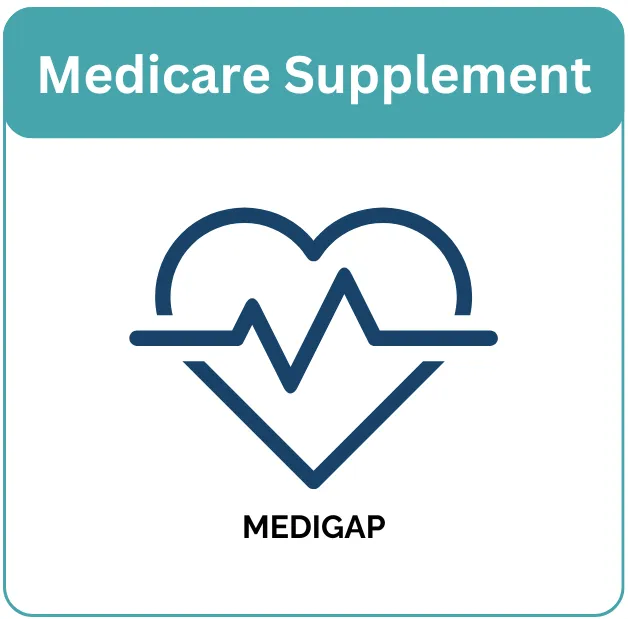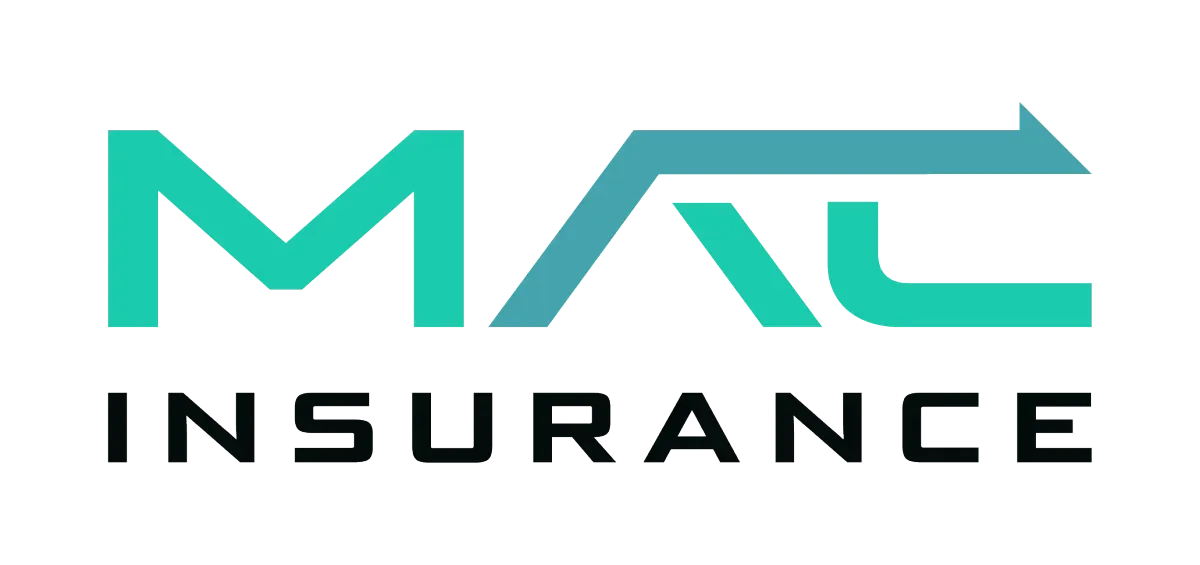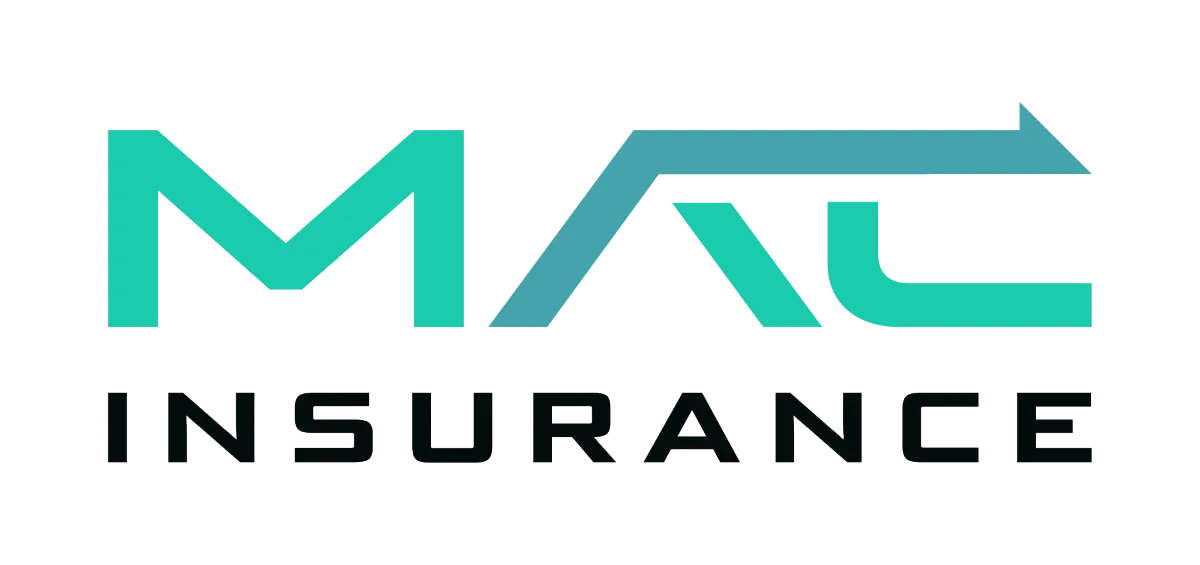Compare Options
Choosing the right Medicare plan that suits your needs and budget can be challenging. Fortunately, at MAC Insurance, we’ve been helping individuals navigate this process every day for years. We’ve assisted thousands of Medicare beneficiaries in selecting their ideal Medicare plans—and the best part? We do it at no cost to you!
Whether you’re new to Medicare or have been a beneficiary for years, it’s easy to feel overwhelmed. Medicare plans change annually, and new laws and regulations are constantly being introduced. But we understand how essential it is to have the right health insurance to get the care you need without overspending.
In this guide, we’ll walk you through the steps to compare Medicare plans. And remember, you don’t have to do this on your own. Understanding how to choose the best Medicare plan will ensure you get the coverage that works for you.

How to Compare Medicare Supplement Plans
Medicare Supplements, or Medigap plans, are an option for beneficiaries to “supplement” their coverage under Original Medicare (Parts A and B). These plans work as secondary insurance, covering some or all of the out-of-pocket costs that would otherwise be your responsibility.
There are around 10 different Medigap plans available, with the most popular being Plans F, G, and N.
● Medicare Supplement Plan F
Plan F was once the most popular Medigap plan, thanks to its comprehensive coverage. It covered all the out-of-pocket costs left by Parts A and B, including deductibles, copayments, and coinsurance. However, this extensive coverage also made Plan F the most expensive Medigap option in terms of premiums.
Unfortunately, Plan F is no longer available to newly-eligible beneficiaries as of 2020. Only those who were enrolled in both parts of Medicare before that year are eligible to enroll in Plan F. Beneficiaries who meet the eligibility requirements can still apply for or keep their current Plan F.
● Medicare Supplement Plan G
Plan G has rapidly become more popular than Plan F. It doesn’t have the same eligibility restrictions as Plan F but offers almost identical benefits. The main difference is that Plan G does not cover the Part B deductible.
Because Plan G provides slightly fewer benefits, it also comes with lower premiums. In many cases, beneficiaries will save more by choosing Plan G and paying the Part B deductible, rather than enrolling in Plan F and avoiding the deductible. It's definitely worth considering, even if you're eligible for Plan F.
● Medicare Supplement Plan N
Plan N is another popular Medigap option, gaining traction due to its lower monthly premiums. On average, Plan N's annual premium increases are smaller than those of Plans F or G.
Like Plan G, Plan N does not cover the Part B deductible. There are two additional differences. First, it does not cover Part B excess charges, which are costs that exceed the Medicare-approved amount. Providers who don’t accept Medicare assignment may add up to 15% on top of the approved fee as an excess charge. However, excess charges are rare, and eight states have laws that prohibit this practice.
The key distinction between Plan N and Plan G is the copayments. Plan N requires up to a $20 copay for doctor visits and up to a $50 copay for emergency room visits. However, emergency room copays are waived if the visit leads to an inpatient admission.
Choosing a Medigap Insurance Company
Once you’ve determined which Medicare Supplement plan is right for you, the next step is to compare options from multiple insurance companies.
What many people don’t realize is that Medigap plans offer standardized coverage. This means that no matter where you buy the plan, the benefits will be the same. For instance, whether you purchase Plan G from Aetna or Cigna, you’ll receive the same coverage. The only difference will be the monthly premium.
However, this doesn’t mean you should automatically choose the cheapest provider. It’s still important to select a reputable insurance company with strong financial ratings. At MAC Insurance, we work with top carriers across the country and can help you find the most competitive rates, saving you the hassle of calling multiple companies yourself!
How to Compare Medicare Advantage Plans
Choosing a Medicare Advantage plan requires a bit more effort than selecting a Medicare Supplement, but that extra work can often result in significant savings and added benefits.
Medicare Advantage plans are a comprehensive alternative to Original Medicare. Rather than serving as secondary insurance, they replace Parts A and B, with all your medical claims being sent to the insurance carrier instead of Medicare.
In addition to covering everything included in Parts A and B, Medicare Advantage plans offer additional benefits. Since each plan varies, it’s important to compare all the options available in your area. Let’s explore some key factors you’ll want to consider when making your choice.
Type of Plan
There are several types of plans within the Medicare Advantage system, including:
Preferred Provider Organizations (PPOs)
Health Maintenance Organizations (HMOs)
Special Needs Plans (SNPs)
Special Needs Plans (SNPs)
Medicare Medical Savings Accounts (MSAs)
You may not be eligible for every type of plan, and it’s important to understand the advantages and disadvantages of each. Additionally, not all plan types may be available in your zip code.
Provider Networks
Medicare Advantage plans function similarly to traditional health insurance by operating through provider networks. Some plans offer benefits outside the network (PPOs), while others do not (HMOs).
To start narrowing down your Medicare Advantage plan options, check which insurance carriers are accepted by your providers. You can do this by visiting the carrier’s website or by contacting your providers directly. If keeping your current provider isn’t a priority, you can also consider switching providers.
Be sure to check with all your providers, including your primary care physician, specialists, dentists, pharmacy, and others.
Out-of-Pocket Costs
When evaluating Medicare Advantage plans, consider the out-of-pocket costs such as the premium, deductible, copayments, and coinsurance. Medicare Advantage plans are often known for their low monthly premiums, with some plans even offering $0 premiums. However, there are still additional costs associated with the services you receive.
Another important cost to keep in mind is the maximum out-of-pocket (MOOP) limit. This is the maximum amount you'll have to pay during the calendar year. As long as all your procedures are approved, you won’t pay more than the plan's MOOP.
Coverage and Benefits
Every Medicare Advantage plan is required to provide at least the same level of coverage as Parts A and B. Each plan includes a summary of benefits or evidence of coverage, detailing the services and procedures it covers. Take time to review this information and consider the costs for any treatments you may need.
If your plan includes prescription drug coverage, review the drug formulary to ensure your current medications are included.
Extra Benefits
Medicare Advantage plans are popular not only for their low monthly premiums but also for the additional benefits they offer. These benefits often go beyond what is available through Original Medicare or Medigap plans.
Many plans include features such as dental care, hearing and vision services, wellness programs, gym memberships, over-the-counter allowances, transportation assistance, and meal delivery. Identify which of these extras are important to you and look for plans that provide them. However, avoid basing your decision solely on these benefits. The provider network and out-of-pocket costs should take priority in your evaluation.
Ready to compare Medicare options?
Call us today!
How to Compare Medicare Part D Plans
Medicare Part D covers prescription drugs. If you opt for a Medicare Advantage plan that includes prescription drug coverage, you won’t need to enroll in a separate Part D plan.
Enrolling in prescription drug coverage is essential to avoid the Part D penalty. If you’re not currently taking any medications, the choice is simple—select the plan in your area with the lowest premium. However, if you are taking medications, there are two important factors to keep in mind.
Drug Formulary
A drug formulary is a list of medications covered by a plan, organized into tiers. Most plans have four or five tiers, with lower tiers typically covering common, generic medications, while higher tiers include specialty and brand-name drugs.
Your goal is to find a plan that covers all your medications at the lowest possible cost. At MAC Insurance, we use advanced calculators to simplify this process. We’ll identify the most cost-effective plan for your specific medications and provide a detailed estimate of your annual costs.
● Pharmacy Networks
Part D plans also include pharmacy networks, which categorize pharmacies as preferred, standard, or out-of-network. Preferred pharmacies typically offer the lowest pricing.
If you have a preferred pharmacy, be sure to factor this into your decision when selecting a Part D plan.
How to Compare Medicare Part D Plans
Feeling overwhelmed? Navigating Medicare can be challenging, especially if you’re new to it.
You don’t have to go through this process alone—MAC Insurance is here to assist! We’ll discuss your needs and budget, handle the research, and help you compare Medicare plans to find the best fit for you.
Our services are entirely free. Call today to speak with one of our Medicare experts!
Original Medicare Combinations
Medicare Explained












Learn More About 2025
MEDICARE OPTIONS
Medicare options can change each year, so it's important to review your choices to ensure you have the best coverage. One of our licensed agents can help you compare plans and find the right option for your needs.
ADDITIONAL QUESTIONS TO BE ADVISED ON:

How does Original Medicare compare to Medicare Advantage?
Original Medicare includes Parts A and B, covering hospital and medical services, but requires separate Part D for prescriptions and has no cap on out-of-pocket costs. Medicare Advantage (Part C) is offered by private insurers, may include extra benefits, and has network limits.
Should I choose Medigap or Medicare Advantage?
Choose Medigap if you want lower out-of-pocket costs, flexibility to see any doctor nationwide, and don’t need extra benefits like dental or vision. Choose Medicare Advantage for lower premiums, bundled coverage, and additional benefits, but with network restrictions.
What does Part D cover, and do I need a separate plan?
Medicare Part D covers prescription drugs. If you have Original Medicare, you’ll need a separate Part D plan, but most Medicare Advantage plans include drug coverage.
Can I change my Medicare plan if my healthcare needs change?
Yes, you can change your Medicare plan during the Annual Enrollment Period (Oct 15 – Dec 7) or a Special Enrollment Period if you qualify due to life changes like moving or losing coverage.
What should I consider when comparing premiums, deductibles, and out-of-pocket costs?
Consider the monthly premium, annual deductible, copayments, coinsurance, and out-of-pocket maximums. Also, check if your doctors, hospitals, and prescriptions are covered in the plan’s network.
📩 Contact us today and let us represent you for FREE!
We are not connected with or endorsed by the United States government or the federal Medicare program. We do not offer every plan available in your area, and any information we provide is limited to those plans we do offer in your area. Please get in touch with Medicare.gov or 1-800-MEDICARE to get information on all your options.
Copyright © 2025 MAC Insurance. All rights reserved.






